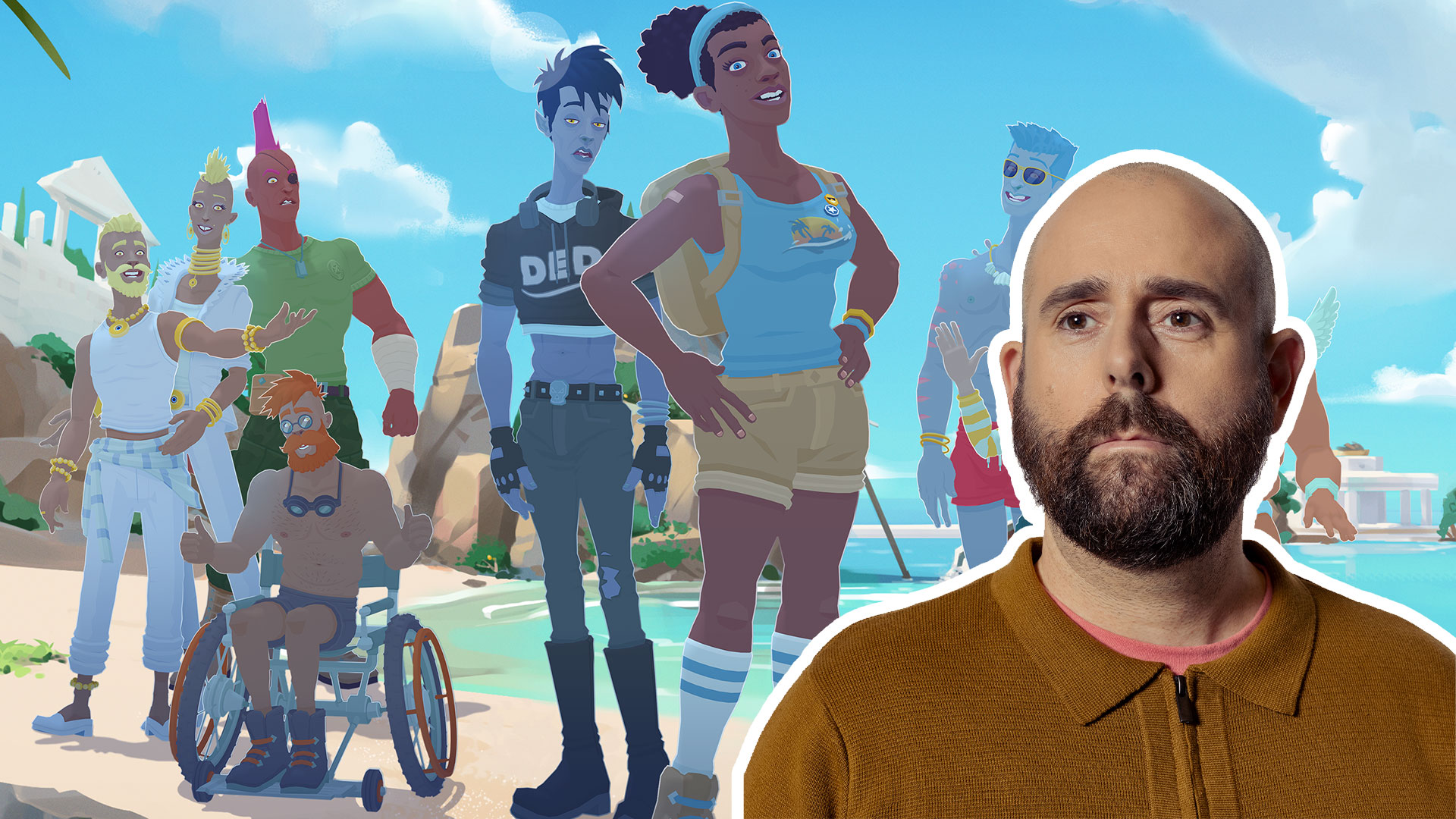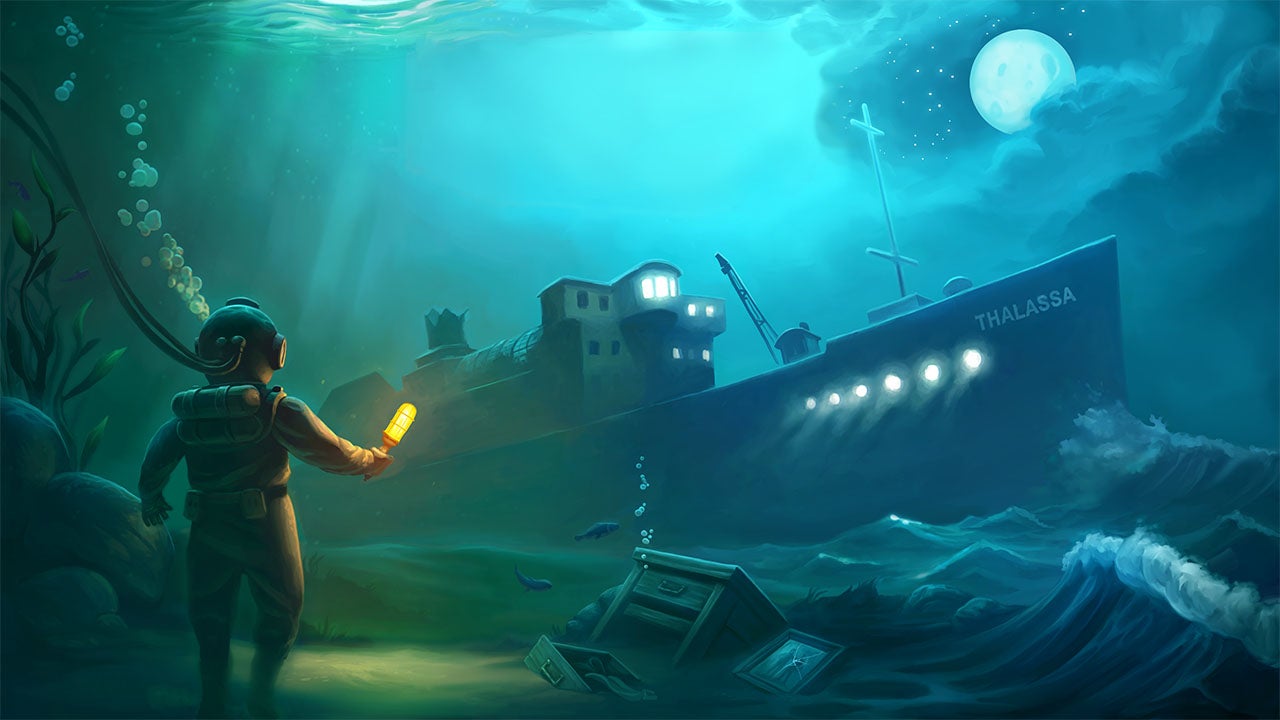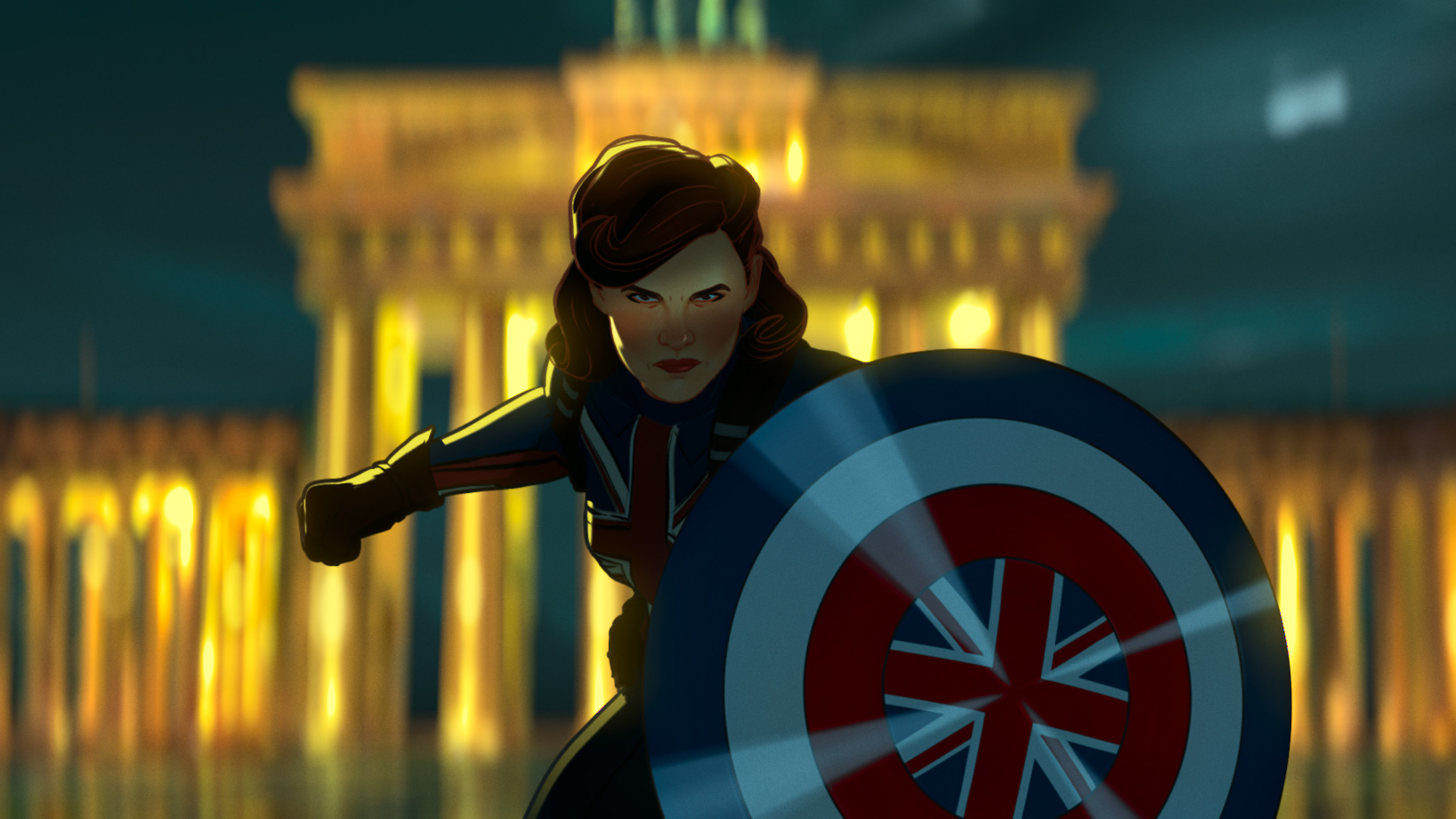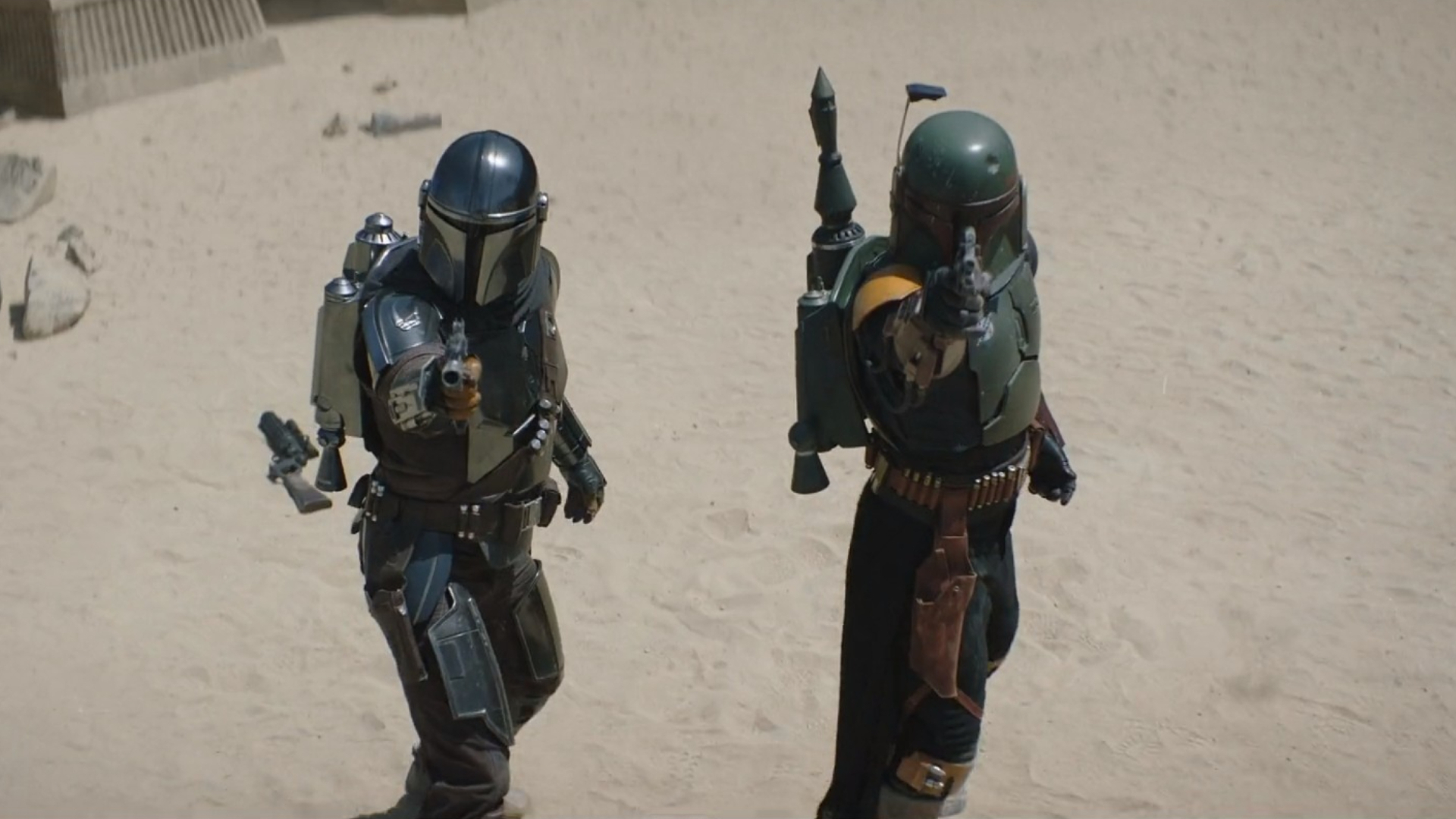

Write what you are looking for and press enter to begin your search!

Live News


Mythwrecked’s Alex Kanaris-Sotiriou & Finding Your Game’s Voice

By Sophie Azlan|July 20, 2023|0 Comment
Polygon Treehouse is a small but mighty studio out of the United Kingdom, and Alex Kanaris-Sotiriou is helping to steer the ship. From student to Sony, the developer’s journey has now firmly landed him as co-founder and Lead Developer of an award-winning indie studio.
We had the opportunity to talk to Alex about his game development journey, and his advice on making narrative games like Roki and the upcoming Mythwrecked.
Hi everyone, my name is Alex and I’m the co-founder and Lead Developer at Polygon Treehouse, a small indie developer from the United Kingdom. I’ve been making video games professionally for over twenty years now (yes, I am old) and my background is in character art and animation, although now I work across all aspects of indie game development.
Outside of video games I enjoy cooking new recipes, watching weird movies and hiking in the hills! We recently moved to Dundee in Scotland and we’re loving being close to the mountains.
I was studying computer animation at university, when in our final year Sony visited to set us a special project. The brief was to design, build, rig and animate a character to PlayStation 2 budgets (this was in 2002 so I’m showing my age!). The folks from PlayStation were impressed by my work and offered me a position as a Junior Character Artist/Animator at their Cambridge studio. Growing up, I’d always played video games so it was a real thrill to be able to do it professionally.
I worked at Sony for over 14 years across a number of different art disciplines, eventually becoming an Art Director before going indie and founding Polygon Treehouse in 2017.
During my time at Sony I worked with, and learnt from, some super-talented people and got the chance to work on games like MediEvil: Resurrection and the Killzone series. However, making our own indie games as Polygon Treehouse undoubtedly surpasses this.
There is something about making a game that is your own concept that makes it more rewarding. The games you make might be smaller but they’re a greater personal reflection on you, your views and the message you want to send out into the world which I personally find more satisfying from a creative point of view. The ultimate highlight so far was being nominated for two BAFTA Game Awards for our debut indie game, Röki.
When we founded the studio we wanted it to have a strong focus, so you could look at one of our games and go ‘That’s a Polygon Treehouse game’. To that end we decided to focus on art-led narrative games that pack an emotional punch. We’d worked for long periods at PlayStation on violent games and seeing the numerous conflicts and wars around the world made us want to send some non-violent games out into the world.
We started this with Röki, a game about rescuing your brother and befriending monsters in the Scandinavian wilderness and are now continuing with Mythwrecked, in which you help the long-lost Greek Gods recover their memories. Both games have an undercurrent of kindness at their core and are welcoming to all types of players.
People are always surprised at how tiny our team is. In fact I’m the only full-time member we have at present, but we do collaborate with a number of talented folks over the course of a game’s development. The team size will change over the course of a project but at our largest we’ll have six or so people working on our games, from writers, composers, illustrators and designers.
We really like having a small team as you can clearly see the fingerprints of each person in the final game. It does mean you have to work in a smart way to create stories that still feel epic, but we very much enjoy that challenge.
It was very exciting and a little terrifying at the same time! We’ve had the experience of working on many games before, but never one that we’d designed from the ground-up ourselves. It’s super rewarding as you feel more connected with the game on an emotional level, but also scary as all those support structures that were there at a larger company are suddenly gone.
However, the overriding emotion was definitely one of excitement, there is something really magical about breathing life into a game-world and seeing characters you’ve designed on paper running around and going off on adventures!
Mythwrecked is a 3D exploration and cozy adventure game. You play as Alex, a backpacker taking a much-needed break from modern life when their Mediterranean holiday is interrupted by a mysterious storm. She wakes up shipwrecked on a mysterious island and you, the player, need to help her find a way home. Fortunately, there are some islanders that might be able to help you, the long-lost gods of Greek mythology!
However there’s a problem: they’ve all lost their memories and have shut themselves away in their own corners of the island. It’s up to you to explore the dynamic island and its story sandbox to build new friendships, solve the mystery and save the gods.
There are many things we’re taking forward into Mythwrecked from Röki, everything from the art style to the voice emotes system, so it’ll be very clear they share a common DNA. In terms of lessons, I think the most important is the confidence that we can tell a captivating story that will impact people in an emotional way. Röki was the first time we’d crafted a game’s narrative from scratch and we worked really hard on it, but were still unsure how that aspect of the game would be received.
It’s safe to say that when it launched the response to the game’s story surpassed our wildest expectations. We received many messages saying how much players loved the characters and that the game had reduced them to tears. We also won awards for the game’s narrative so that was a clear message that we should trust our instincts as interactive storytellers and that’s something we definitely take forward to our next game, Mythwrecked
One of the key mechanics in Mythwrecked is finding lost memento items to help restore the lost memories of the Greek gods. You do this with your Ambrosidex device’s radar as you explore the island. The radar will ping and vibrate as you get closer to one of these lost treasures and you can follow the signal to discover the item’s hiding place.
Once recovered, you have to work out who the lost item belongs to and make sure they are returned to the correct owner. If you’re successful then the mementos will remind the god of a pivotal moment from their past and trigger a flashback sequence, telling you more of their story and taking one step further to recovering their identity so they can help Alex get home. This is just one element of the game, but one we’re particularly proud of.
There are two pieces of advice I’d give; The first is to find your voice, work out what type of games you want to make and play to your own strengths. I like it when studios have an underlying vision that underpins their titles. There are so many possibilities when you start making a game, so spending some time before you begin thinking about the DNA of your studio will save you a great deal of time in the long run and make your output feel much more cohesive.
The second bit of advice is to work smart and look at ‘creative limitations’. For example, you can still make a seemingly epic story with lots of locations and characters if you work in a non-traditional art style, as we did with Mythwrecked and Röki. Looking at the creative limitation of ‘team size’ in this case meant that we knew we’d never be able to make a photo-realistic game and so we explored different art styles and finally distilled one that was not only much quicker to work with, but also became a signature of the studio. Looking at creative limitations in this way and turning them into strengths can be applied to all aspects of development and we find it a really powerful tool.
We’d just like to say a big thanks to everyone for reading and if you’re intrigued by our work then go wishlist and follow Mythwrecked on Steam and you can also follow our indie adventure on Twitter and Discord.

By Xandria Morden|May 2, 2024
How wonderful it is as gamers that we have all these amazing games to play, great and small. As the years have passed, indie games have been making wa...

By Alisha Alix|July 15, 2024
Canari Games, the studio behind the popular sci-fi platformer Lunark, has officially announced the release date for its highly anticipated retro pixel...

By Alisha Alix|April 24, 2024
Publisher Team17 and developer Sarepta Studio have announced that their anticipated deep-sea exploration mystery game, Thalassa: Edge of the Abyss is ...

By Mr Toffee|November 20, 2024

By Team KKP|October 29, 2024

By Kenn Leandre|October 25, 2024

By Mr Toffee|October 24, 2024

By Team KKP|October 21, 2024

By Lewis "lickety" Larcombe|September 18, 2024

By Alisha Alix|August 20, 2024

By Alleef Ashaari|July 17, 2024

By Team KKP|July 1, 2023

By Alleef Ashaari|August 2, 2021

By Alleef Ashaari|February 9, 2022

By Mr Toffee|November 20, 2024

By Team KKP|October 29, 2024

By Kenn Leandre|October 25, 2024

By Mr Toffee|October 24, 2024

By Team KKP|October 21, 2024

By Lewis "lickety" Larcombe|September 18, 2024

By Alisha Alix|August 20, 2024

By Alleef Ashaari|July 17, 2024

By Team KKP|July 1, 2023

By Alleef Ashaari|November 21, 2024

By Alleef Ashaari|November 21, 2024

By Mr Toffee|November 20, 2024

By Team KKP|October 29, 2024

By Kenn Leandre|October 25, 2024

By Mr Toffee|October 24, 2024

By Team KKP|October 21, 2024

By Lewis "lickety" Larcombe|September 18, 2024

By Alisha Alix|August 20, 2024

By Alleef Ashaari|July 17, 2024

By Team KKP|July 1, 2023
Copyright @ Kakuchopurei 2024